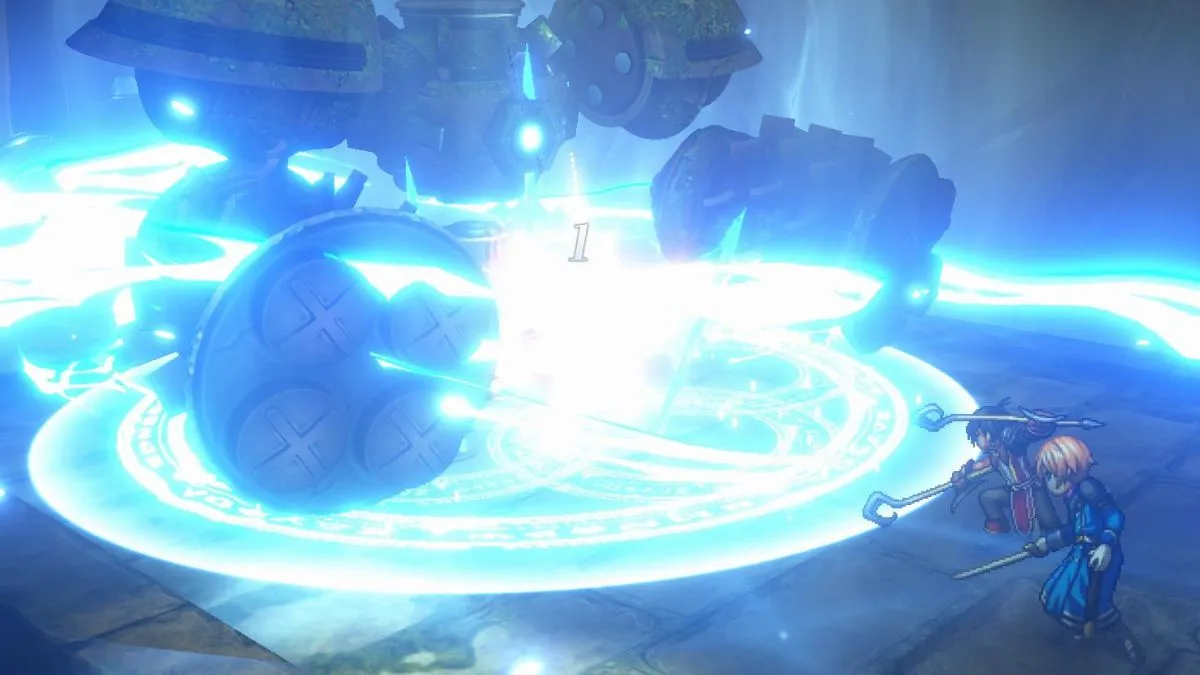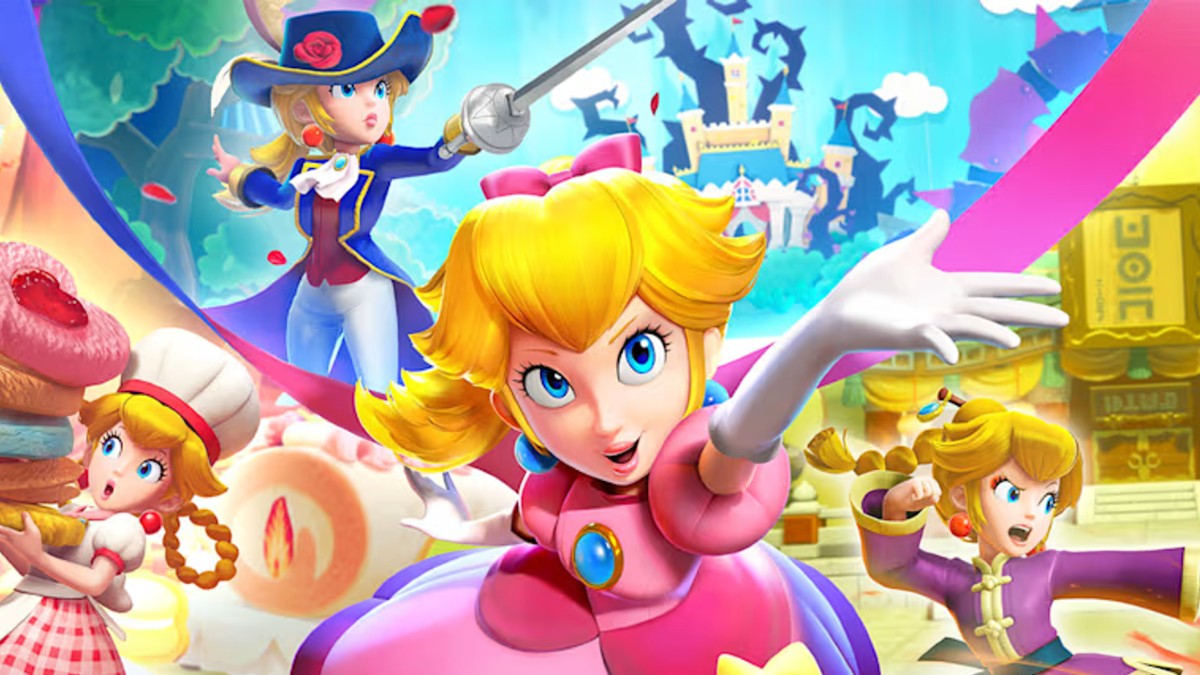Published by Fantasy Flight Games. Released January 2015.
It started out as such a nice night too. After a long week of drudgery, you’ve arrived at your ongoing RPG session to unwind with some kind of fictional adventure. But just before you’re about to describe the results of your critical success, the front door is torn from its hinges and the undead enter your sanctum. You quickly rise with the rest of your group to defend yourselves, using chairs as improvised weapons. One player grabs the display broadsword from its nearby case and leaps into the undead horde.
You’ve always wondered what would happen when the zombie apocalypse broke out, but you didn’t expect it happen like this. Pushing back undead corpses is a lot more exhausting than it looks in the movies. What’s more, the GM’s throat was torn out during the battle, and he lies in a pool of blood on the ground. You call 911, and a recorded message tells you all dispatch operators are occupied. Someone checks the news on their smartphone, and there are reports of cannibal attacks throughout the city.
You turn your head, and see the GM rise from the ground, glaring at you in rage. What are you supposed to do now?
The End Of The World is the latest RPG from Fantasy Flight Games, built around a single premise: How would you and your tabletop group fare if the end times began while you sat down to play? The full series will cover everything from robot uprisings to alien invasions, but this first volume kicks off the most talked-about scenario of all time: The inevitable Zombie Apocalypse.

SO YOU THINK YOU CAN SURVIVE A ZOMBIE APOCALYPSE
The End Of The World‘s meta approach starts right when everyone sits down at the gaming table. Gamemasters are encouraged to treat the very table the players sit at as where the apocalypse begins… usually at the expense of the GM’s character. It’s hard to imagine any campaign being more meta than that, and while you certainly could design original characters, it is part of The End Of The World‘s appeal. (In our first game, I had the players roleplay in-game for two minutes before zombie rats tore through the roof and ate me alive.)
While building a version of yourself isn’t something many players are used to, The End Of The World‘s creation system is very easy to grasp. The entire system breaks characters down into three categories: Physical, Mental, and Social. Each category has an offensive and defensive component, giving you a total of six characteristics: Dexterity, Vitality, Logic, Willpower, Charisma, and Empathy. When creating a character, you start with one point in each characteristic, and have another ten points to spend in what you think is an approximation of your own abilities.
Next, players come up with features about themselves. In game terms, features are words or phrases that describe an aspect of your character that can’t be determined by numbers alone. (If you’re already familiar with the FATE System, just think of these as Aspects.) Each player needs one positive and one negative feature for each of the three categories. For example, one player could be a “Distance Runner” but also have a “Weak Stomach”. Another could be a “Natural Leader” but have “No Sense of Direction”. You’re only limited by your imaginations here – in our own sessions, one player was able to put her “Sweet Dance Moves” to good use.
Perhaps the best creation feature is starting equipment, which works like this: If it’s on your person or is within reach, it counts as your gear. The End Of The World has rules for using just about everything as equipment, even listing damage ratings for improvised weapons. Everything from the amount of money in your wallet to the remaining battery charge on your cell phone can be taken into account.
Of course, that means the type of geek who enjoys playing Zombie Apocalypse has a distinct advantage – They probably already have weapons or supplies on hand that get them through the initial outbreak. In my own sessions, players had tactical armor used for paintball, hunting knives and equipment, and more. Which doesn’t even get into the fact that our host spent rather lengthy periods of time coming up with zombie plans. That said, since The End Of The World distinguishes between improvised and actual equipment, armchair survivalist gear may not work out like you hope. But seeing how it turns out is part of the fun.
When all’s said and done, perhaps your players will feel incredibly optimistic about their own abilities. (“Of course I’m so awesome I could take on zombie hordes bare-handed and forge a post-apocalyptic society”), so Fantasy Flight put a secret vote system in place. Once you’ve spent your points, players go around the table “introducing” themselves while the group votes on accuracy by dropping colored dice into a bag. Depending on the results, you can either add or raise your stats, or add and remove features until your character sheet is balanced. This creates a group creation dynamic that should satisfy all players – even when the group puts a check on your abilities, you still have control over how the change is reflected on your sheet.
Now it should go without saying that players may not want to include everything about themselves on a character sheet, which is perfectly fine. The system is too basic to create anything more than an approximation to begin with, and even if it wasn’t, the book (and common sense) dictate players shouldn’t feel anxious about personal issues during play. As long as the positive and negative features are balanced, you can always feel free to ignore details that might not even come up in play, or you could make an original character entirely.
By the same token, if you’re playing with a trusting group, you can always make personal details explicit on your sheet. They may even have gameplay significance – Characters who require medication can push the session in fun directions no one expected. This allows the game to be as serious or lighthearted as the group feels comfortable, and the system is flexible enough to allow for various approaches.
EVERYTHING CAN (AND PROBABLY WILL) KILL YOU
The End Of The World‘s mechanics are just as simple as its character creation, but they manage to represent the tension of the apocalyptic scenario surprisingly well.
At any point where the outcome of an action is doubt, be it fighting a zombie, driving around the hordes, or bartering with a fellow survivor for goods, players build a pool of six-sided dice to determine the result. Positive dice are added to the pool based on the character’s positive features, useful equipment, and any other advantage that the GM rules is appropriate. By the same token, negative dice are added to the pool based on how dangerous the situation is and if the character has negative features that apply to the task.
After rolling the dice, the player removes any matching positive and negative dice. At that point, if any positive dice are equal or lower to the characteristic you’re trying to use, the player succeeds. But if any negative dice remain, they eat into that characteristic’s stress bar, lowering your physical, mental, and social health.
This is perhaps the most ingenious element of The End Of The World‘s system – almost every action you attempt takes a toll on your character. This isn’t like other roleplaying games, where characters are generally in a peak state until damage occurs. Even if you succeed at every single roll, you must rest eventually or you’ll suffer a debilitating result. Combat is even more challenging, since you’ll take stress from enemy attacks as well as your own. Players who don’t pay attention to their well-being could be disabled from a modest enemy blow… or snap from exhaustion at a very inconvenient time.
As you progress through your personalized apocalypse, these mechanics will help all kinds of unexpected situations unfold. The downside is that since the system is so barebones GMs will need to make a lot of rulings on the fly. Everything from the number of negative dice to add for a dangerous scenario to what kind of traumas should be taken after suffering stress will change from action to action. If your group is comfortable to letting players pitch in for suggestions, that takes some of the weight off the GM, but it can otherwise leave you jumping through more hoops than you would for other systems.
WALKERS, RUNNERS, AND EVERYTHING IN BETWEEN
The game’s rules, as important as they may be, only take up a about one-fourth of The End Of The World‘s pagecount. The vast majority of space is dedicated to GM advice and Zombie Apocalypse‘s many scenarios.
To be clear, scenarios are not the same as adventures – they just offer a framework for the GM to craft a personalized apocalypse in the group’s hometown. By following the rules and suggestions, which includes bringing a large foldable city map to the table as a play aid, The End Of The World turns your location into a giant sandbox where players decide which direction the game will unfold. Whether you choose to gather supplies, rescue family members, or attempt to find an evacuation point, the story’s direction is entirely in the player’s hands. The GM’s job is to respond to their choices by inserting encounters based on location and the scenario’s timetable.
Each scenario includes rules for how the zombie infection spreads, undead behaviors, an apocalypse timeline, and a list of locations with quick mini-descriptions. GMs pick a scenario that interests them, and then tailor the information around their individual city. This can be as much or as little work as you’d like. A GM with lots of time on their hands could redesign the entire region as a campaign setting, but the easier approach (which I did) was insert suggested location encounters based on where the players happened to be. That being said, the sandbox style means GMs will have to come up with a ton of info on the fly. In one game, the players took advantage of the (initial) low zombie levels to flee the city before barricades went up, meaning I had to make up new encounters in territories I wasn’t prepared for. Thankfully I’d brought spare maps, but not everyone might know – or could guess – where players will end up.
Scenarios also distinguish between what the player experiences (or hears from other survivors or news sources) and the actual truth behind the zombie origins. Depending on the scenario, that allows GMs to depict widespread confusion, or keep players who think they know zombie apocalypses on their toes with conflicting information. But the biggest benefit of the scenario framework is that it lets you play with a wide variety of zombie types. Do you want to run a game with classic Romero walkers? How about 28 Days Later runners? Can the plague infect animals as well as humans? Are zombie bites infectious or is something else making the dead rise? And if you really want to throw players for a loop, you can even turn to the magically-raised undead or zombies who keep their intelligence when turned.
Scenarios also help GMs manage the difficulty of the game. For example, if you pick a scenario where zombie bites aren’t infectious, any group that’s familiar with zombie apocalypse movies should have no trouble surviving. Middle-ground scenarios raise the stakes with chances of infection, or zombie types that spread quickly throughout your home location. And if you want a scenario that’s a giant “F You” for the group? Pick one with no chance of resisting infections and a massive special zombie type wielding one-hit kills.
But if the characters somehow manage to survive the initial outbreak, you can transition into a post-apocalypse game. Each scenario has a segment looking ahead three to five years, where the results of your chosen Armageddon have left a mark on the world. There’s a surprising amount of variety between each post-apocalypse: Perhaps humanity regained control, but now the world is rule by a totalitarian corporation. Maybe the UN initiated a scorched Earth policy, driving survivors into underground shelters before the bombs fell. Or there’s the Living Dead default where major cities are abandoned, leaving survivors to eke out a living among survivor compounds.
The downside is that the simplicity of the system doesn’t lend itself well to long-form games. While the mechanics are novel and easy to grasp, after a couple of games you’ve pretty much experienced all of its nuances. Even though the concept is intriguing and novel, it’s not the sort of thing that’s fun to play over and over. After a single night of playing, you’ve experienced all the mechanical depth it has to offer (roll-rest-repeat), and you can’t level your character in a satisfyingly substantial way. The only thing that gives it replay value are its varied zombie types, but after a few scenarios all you’re really doing is tweaking your zombie plan, not experiencing an all-new game.
A creative GM could certainly find ways around those challenges, especially when using the meta sandbox to their advantage. In our own game, I arranged for a player’s girlfriend to text him about a “zombie attack” she was experiencing, adding atmosphere and creating an unexpected rescue mission to work with. But that’s something players brought to the game, not the system itself, and even the novelty of metagaming can only last for so long.
That’s not to say The End Of The World: Zombie Apocalypse isn’t fun, it’s certainly is. But it’s best as a diversion, something you play for a quick, beer-&-pretzel roleplaying session when you need a break from the ongoing campaign. Coming back to it every week like a beloved board game will spoil the appeal unless your group is especially willing to get creative in every game. If they’re not, the decision to pay $40 for a few roleplaying sessions will depend entirely on how much you love zombies.
Bottom Line: The End Of The World: Zombie Apocalypse is a fun and well-designed game about whether your actual tabletop group could survive the end times. Its rules are easy-to-grasp and reflect the subtle dangers of an apocalypse, while GM advice sections let you customize a zombie sandbox around your home town. The system is lightweight when it comes to advanced play options, but still has enough twists and original ideas to fuel a casual gaming session.
Recommendation: The End Of The World isn’t ideal for long-term campaigns, but anyone hoping to pit themselves against zombie hordes for an evening or three will be more than satisfied.
[rating=3.5]







